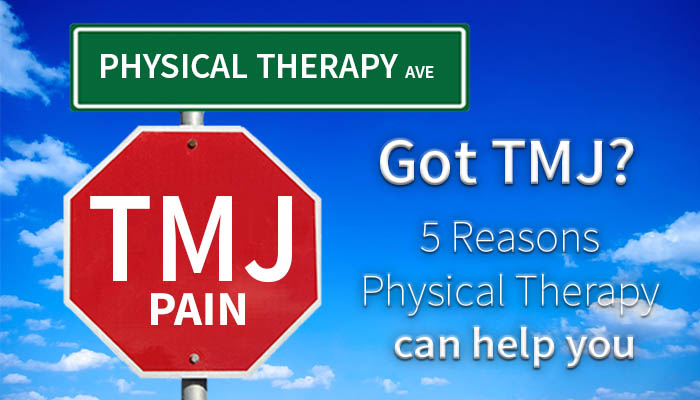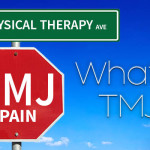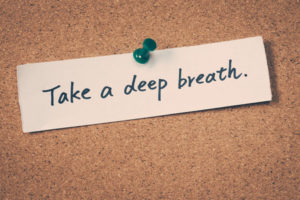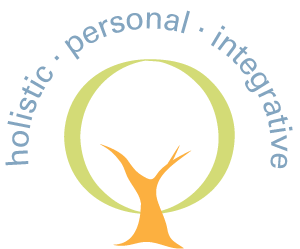
5 Reasons Physical Therapy can help TMJ
5 Reasons Physical Therapy can help TMJ
TMJ Physical Therapy offers:
1. Knowledge
TMJ Physical Therapy offers knowledge in anatomy, physiology, muscle and joint function, posture and movement.
2. Skill in Evaluating Muscle and Joint Disorders
First, a detailed history of your problem is taken. Then, a physical therapist will perform a thorough evaluation of the jaw, neck and whole body. It’s crucial to determine a correct diagnosis and determine the causes of your pain and symptoms. Therefore, an evaluation may include:
- Posture analysis – How you hold your body in various positions, including sitting and standing.
- Gait and functional movement analysis – How you walk and move. Specifically, how you use your neck and different parts of your body during everyday activities.
- Balance – How you use your jaw, neck and body for tasks involving balance.
- Range of motion – Measuring the amount of movement or flexibility you have in your jaw, neck, mid back, lower back, arms and legs. The quality of motion is just as important as the amount of motion.
- Strength of the tongue, jaw muscles, neck and back muscles, abdominals, hips, shoulders, arms and legs.
- Muscle use patterns – Are you over-using or under-using certain muscles? Are you aware when they are activated?
- Palpation of muscles and joints in the face, head, neck, upper shoulder and upper back. Assessment of trigger points, knots, tightness, and intricate joint motions.
- Neurological Screening – assessing the integrity of the nerves that supply the face, neck and upper body.
- Breathing patterns – assessing your resting and active breathing patterns. The jaw and neck muscles are frequently overworked by incorrect breathing techniques.
3. Personalized Treatment Plans
A personalized plan helps to alleviate your symptoms and prevent re-occurrence. TMJ Physical Therapy may include manual techniques such as manual mobilization of joints as well as massage and release of muscle/fascia/connective tissue. Therapeutic exercise incorporates stretching and strengthening exercises. Neuromuscular reeducation can integrate postural adaptations, balance and gait training. Functional training is essential to fuse new strategies with your daily needs. Other strategies include habit modification, breathing exercises, and ergonomic corrections. Recommendations can be determined on an individual basis. Furthermore, close communication with your dentist optimizes your care.
4. Pain relief and improved well being
Physical Therapy will help you decrease and eventually stop your medicated pain relief.
5. Empowering You
Be mindful of your body posture and movement. In addition, Physical Therapy will teach you to be aware of how your body reacts to different stresses of everyday life and educate you to strengthen and support your body. Finally, instruction on how to exercise correctly to avoid strain, wear and tear to your muscles will enable you to feel, move, and live better.
The National Institute of Dental and Craniofacial Research (http://nidcr.nih.gov) state that experts recommend conservative and reversible treatments where possible for symptoms of TMD.

 Next Post
Next Post



 © copyright 2015 Segelov Physical Therapy, PLLC. All rights reserved.
© copyright 2015 Segelov Physical Therapy, PLLC. All rights reserved.